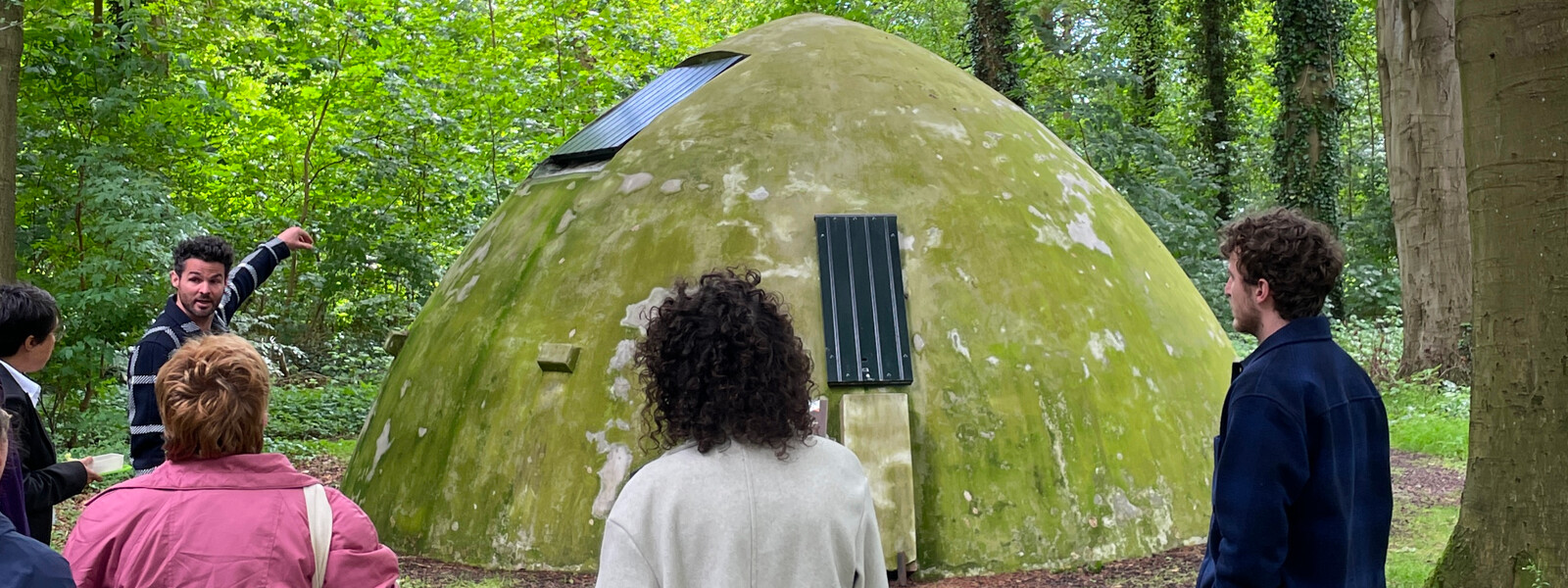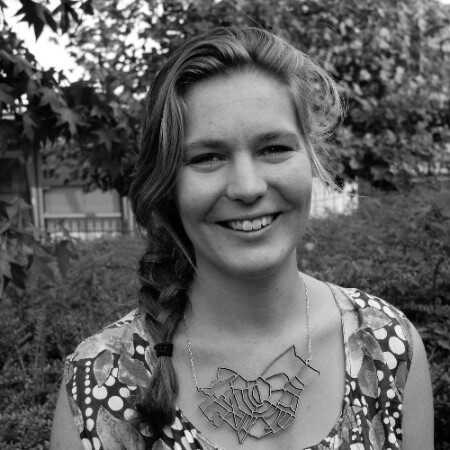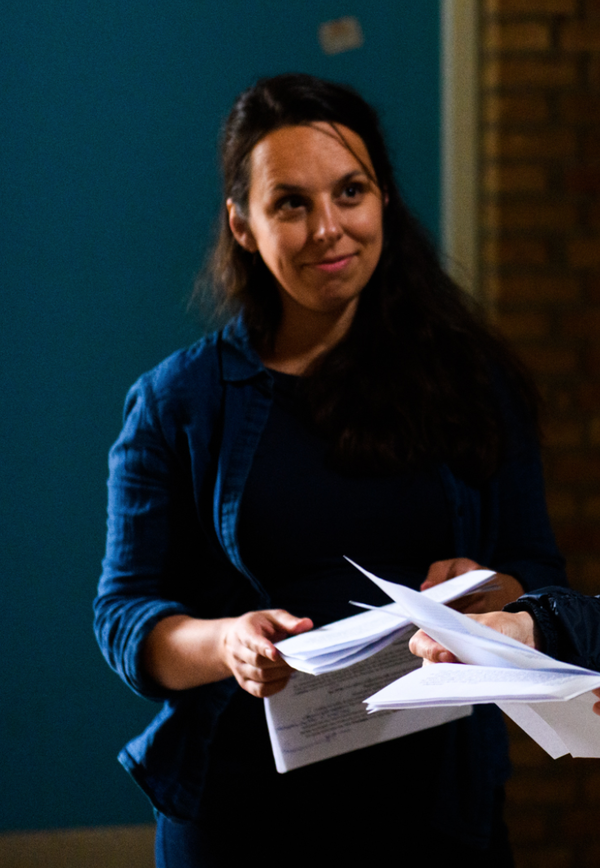Professorship Design and Social Innovation
Promoting a curious attitude and embracing diversity of thought are central to the ethos of the lab. The lab encourages an open-source philosophy for knowledge sharing, making projects and instructor-led lessons accessible to interested parties. This ensures that knowledge is shared throughout all phases of the projects conducted by the lab.
PROJECTS
The lab is involved in projects that lie at the intersection of research-education, education-society, and society-research (see Figure 1). Each circle represents a project. The size of the circle indicates the duration of the project, the grayscale shading reflects the phase of the project (dark gray for completed projects, medium gray for ongoing projects, and light gray for preliminary projects), and the colored circles around the dot reflect the dimensions of the project (purple: institutional, yellow: regional, blue: interregional). The names of the organizations we collaborate with on the project are associated with each circle. Last updated in January 2025.
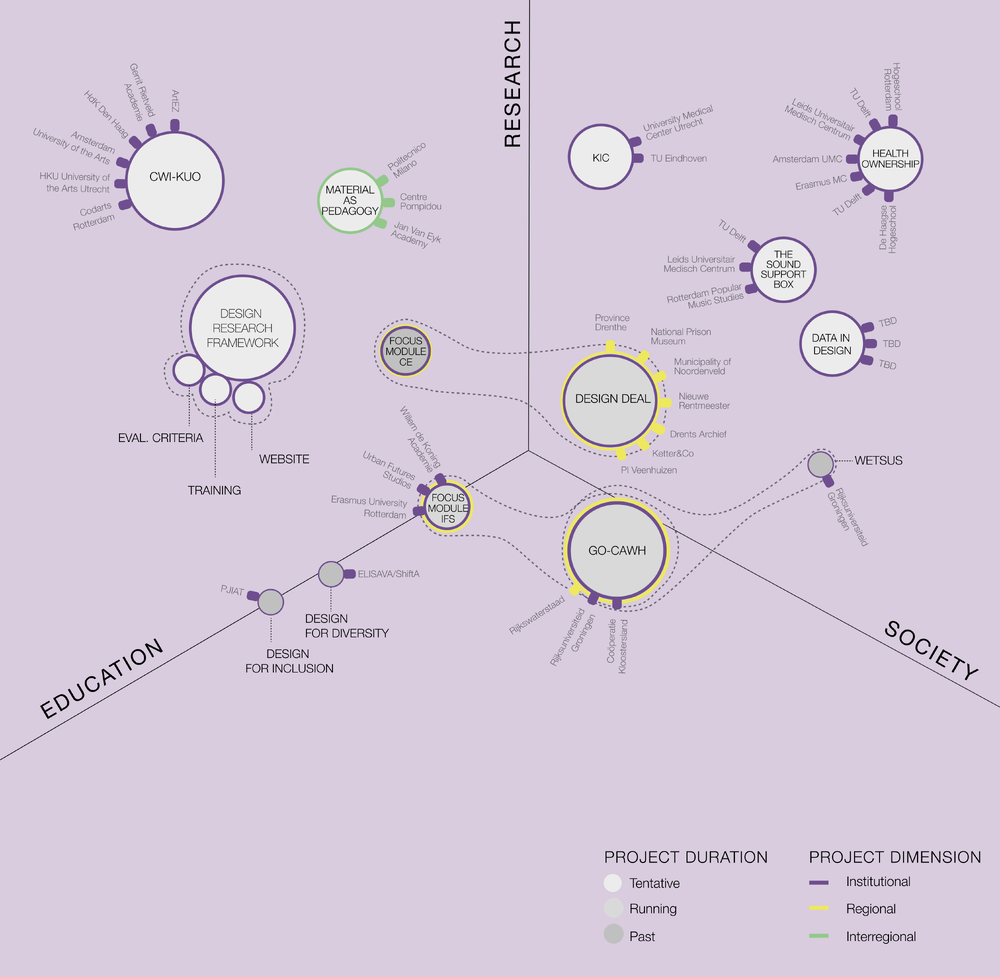
EXPLANATION OF THE AXES AND DIMENSIONS
Axes:
- Research-Education: The projects aim to bridge the gap between theoretical research and practical applications in educational institutions, promoting dynamic exchanges that ensure research informs education and vice versa.
- Education-Society: This intersection focuses on leveraging education as a catalyst for social change, with initiatives that promote social innovation through community engagement and participation.
- Society-Research: The projects emphasise investigating societal issues through empirical methods such as ethnography and GIS cartography within design research, where societal challenges shape the research questions, and the research outcomes contribute to understanding these challenges.
Dimensions:
- Institutional: These projects address social issues within specific organizations, focusing on internal policy-making, diversity initiatives, and training to promote ethical and inclusive practices.
- Regional: These projects utilize participatory approaches, collaborating with local stakeholders and organizations to tackle regional inequalities and social issues.
- Interregional: These are projects that address social issues that cross regional or national boundaries. They employ comparative analyses and transnational collaborations to tackle shared challenges such as water scarcity or nuisance.
By strategically positioning projects along these axes, the chair demonstrates a holistic approach to social innovation that is responsive to diverse perspectives, scales, and contexts.
PROJECTS IN THE RESEARCH-EDUCATION NEXUS
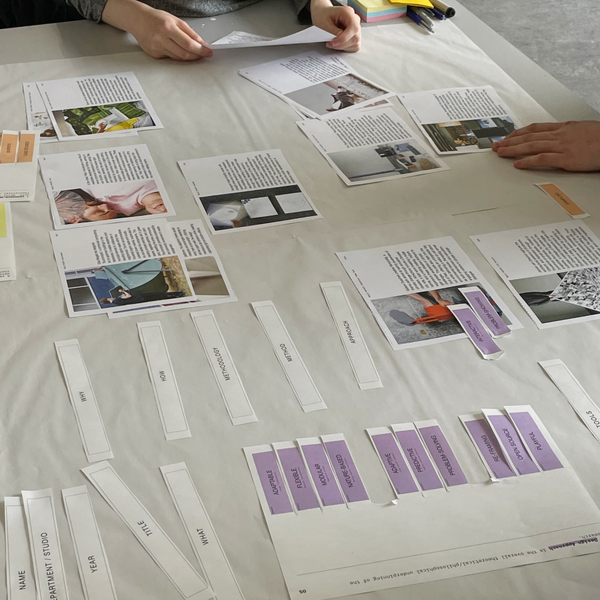
PROJECTS IN THE EDUCATION-SOCIETY NEXUS
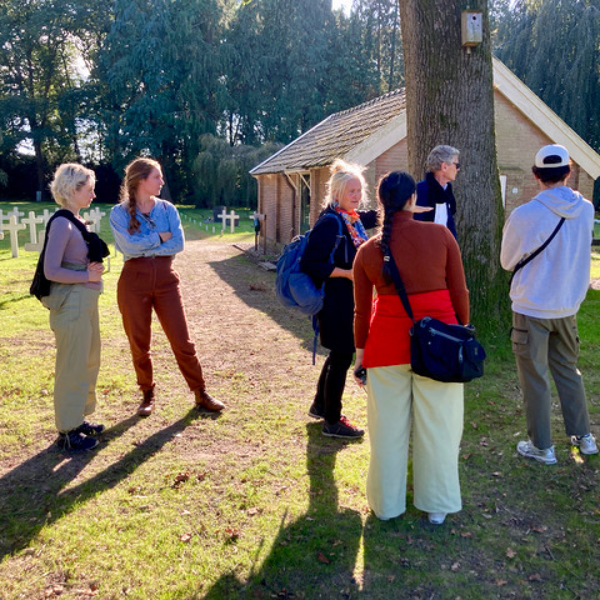
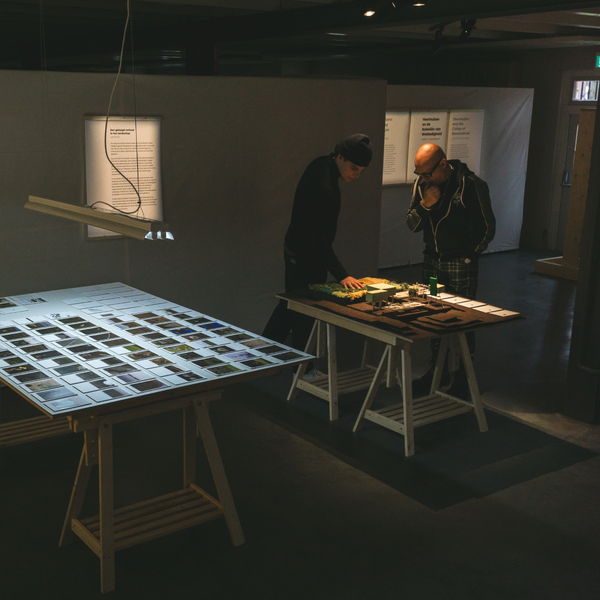
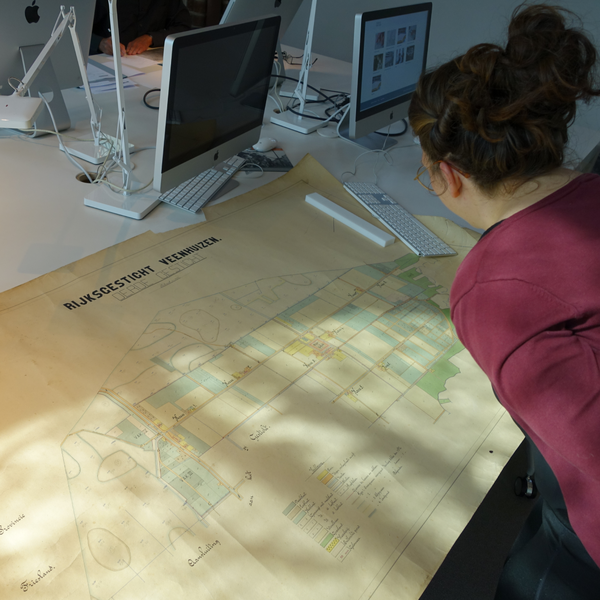
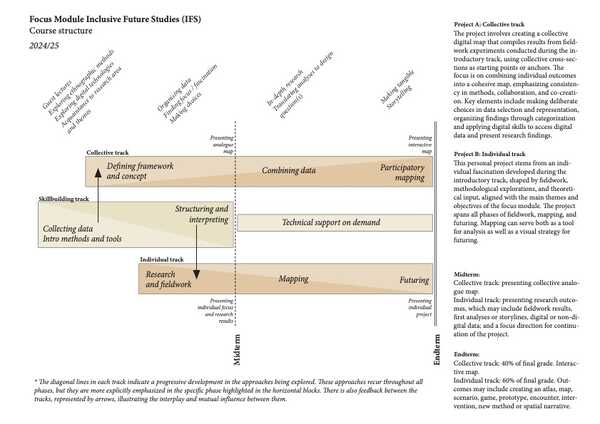
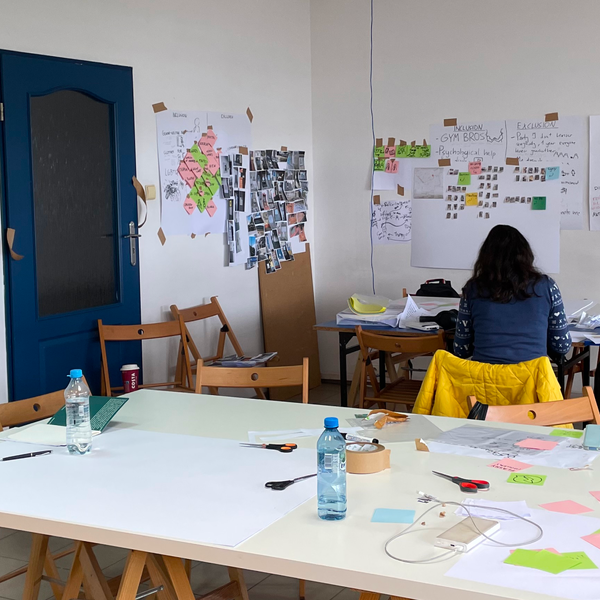
PROJECTS IN THE SOCIETY-RESEARCH NEXUS
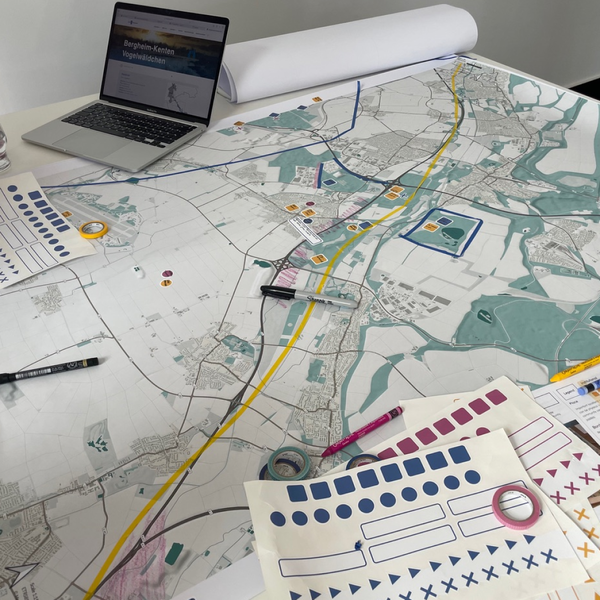
COLLABORATIONS
OUR PUBLICATIONS
Neef, R., Bueno de Mesquita, N., Leenderste, W., & Boeijen, N. (2024, June). Balancing institutional and participatory space in the management of water imbalance: A dual institutional and participatory design perspective. Paper presented at the WETsus Economy for the Common Good International Conference, Leeuwarden, Fryslân, The Netherlands. https://www.wetsus.nl/app/uploads/2024/08/ECGIC-2024_Papers-Day-1.pdf
Bueno de Mesquita, N. (2024). Mapping als Gestaltungsstrategie: Forschung und transformative Produktion miteinander verweben. In E. Krasny, B, Büscher & L. Ortman (Eds.), Porös-Werden: Geteilte Räume, urbane Dramaturgien, performatives Kuratieren (pp. 211-221). Wien: Tuira & Kant. (Free acces via https://www.turia.at/titel/poroes.php)
Bueno de Mesquita, N. (2022). Manifesto for a Design Research framework. Design Academy Eindhoven.
Bueno de Mesquita, N. (2022). Digital Performative Mapping [Doctoral dissertation, KU Leuven/LUCA School of Arts]. KU Leuven Research Repository
Bueno de Mesquita, N., Cila, N., Groen, M., & Meys, W. (2018). Socio-technical Systems for Citizen Empowerment: How to Mediate Between Different Expectations and Levels of Participation in the Design of Civic Apps. International Journal of Electronic Governance, 10(2), 172-195.
Golchehr, S. & Bueno de Mesquita, N. (2018). Data-driven Design for Civic Participation. In O. Devisch, L. Huybrechts & R. De Ridder (Eds.), Participatory Design Theory (pp. 56-70). Oxon: Routledge.
Bueno de Mesquita, N. & Hamers, D. (2017). Mapping Invisibility, RTD Conference, 27, 423-437
Hamers, D. Bueno de Mesquita, N. Vaneycken, A., & Schoffelen, J. (Eds.). (2017). Trading Places: Practices of Public Participation in Art and Design Research. Barcelona, Spain: dpr-Barcelona
Golchehr, S. & Bueno de Mesquita, N. (2015, May 21-22). Introducing Digital Methods For On-going Engagement for Design in Public Space: How Mining and Mapping Social Media Data Can Help Inform Spatial Designers About a Local Context. [Paper presentation]. Design, Social Media and Technology to Foster Civic Self-Organisation Conference, Hasselt, Belgium.
RELEVANT LITERATURE AND REFERENCES
Find here the latest updated list of relevant Literature and References
MEET THE TEAM
FORMER COLLABORATORS
Neeltje ten Westendend (Former Tutor of Focus Module Cartographic Explorations Sep 2023 - Feb 2024)
Lucas Zoutendijk (Former Research Associate SIL Sep 2023 - Feb 2024)
